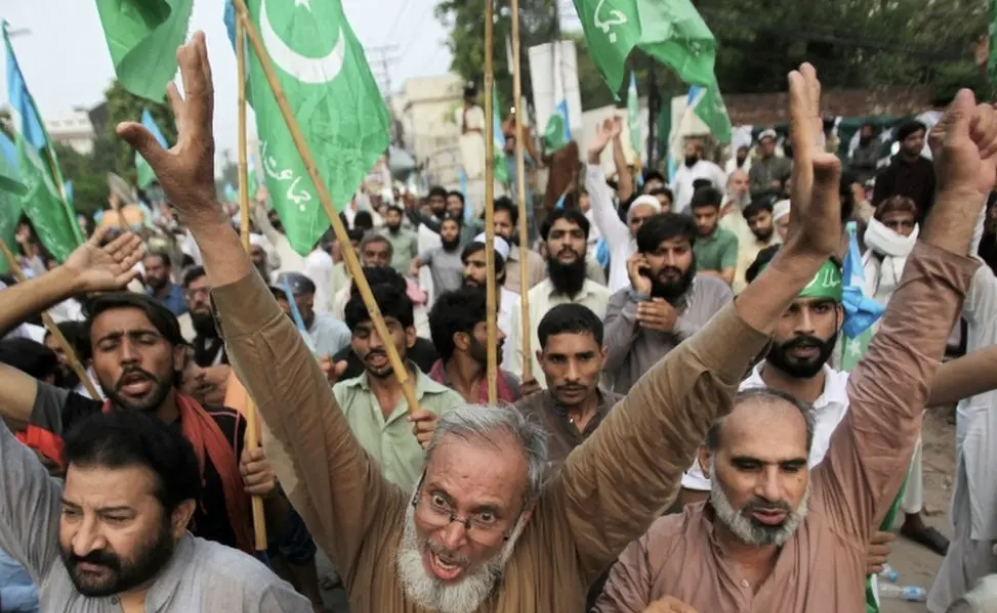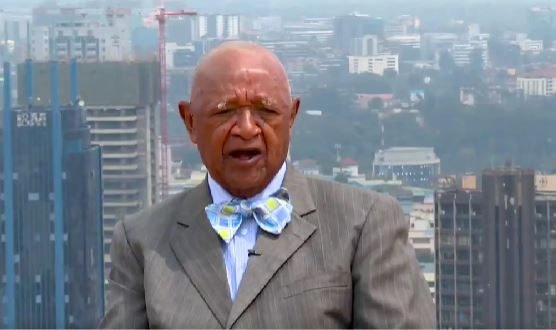

Nuclear-armed neighbours India and Pakistan have fought two wars and a limited conflict over Kashmir. But why do they dispute the territory - and how did it start?
How old is this fight?
Kashmir is an ethnically diverse Himalayan region, covering around 86,000 sq miles ( 222,738 sq km), and famed for the beauty of its lakes, meadows and snow-capped mountains.
Even before India and Pakistan won their independence from Britain in August 1947, the area was hotly contested.
Under the partition plan provided by the Indian Independence Act, Kashmir was free to accede to either India or Pakistan.
The maharaja (local ruler), Hari Singh, initially wanted Kashmir to become independent - but in October 1947 chose to join India, in return for its help against an invasion of tribesmen from Pakistan.
A war erupted and India approached the United Nations asking it to intervene. The UN recommended holding a referendum to settle the question of whether the state should join India or Pakistan. However the two countries could not agree to a deal to demilitarise the region before the referendum could be held.
In July 1949, India and Pakistan signed an agreement to establish a ceasefire line as recommended by the UN and the region became divided.
A second war followed in 1965. Then in 1999, India fought a brief but bitter conflict with Pakistani-backed forces.
By that time, both India and Pakistan had declared themselves to be nuclear powers.
Today, Delhi and Islamabad both claim Kashmir in full, but control only parts of it - territories recognised internationally as "Indian-administered Kashmir" and "Pakistan-administered Kashmir".
Why is Indian-administered Kashmir so unstable?
Within Kashmir, opinions about the territory's rightful allegiance are diverse and strongly held. Many do not want it to be governed by India, preferring either independence or union with Pakistan instead.
Religion is one factor: Jammu and Kashmir is more than 60% Muslim, making it the only state within India where Muslims are in the majority.
An armed revolt has been waged against Indian rule in the region for three decades, claiming tens of thousands of lives.
India blames Pakistan for stirring the unrest by backing separatist militants in Kashmir - a charge its neighbour denies.
A sudden change to Kashmir's status on the Indian side in 2019 exacerbated the situation.
Indian-administered Kashmir had held a special position within the country historically, thanks to Article 370 - a clause in the constitution which gave it significant autonomy, including its own constitution, a separate flag, and independence over all matters except foreign affairs, defence and communications.
On 5 August 2019, India revoked that arrangement - as the governing Hindu nationalist Bharatiya Janata Party (BJP) of Prime Minister Narendra Modi had promised in its election manifesto.
After months of tension following the Indian move - during which thousands were jailed or put under house arrest - violence in the region declined. Indian officials pointed to improved infrastructure, tourism, and investment as signs of greater stability.
But arrests continued, and critics argued that that calm had come at the cost of civil liberties and political freedoms.
How serious is the latest escalation?
The deaths of more than 40 Indian soldiers in a suicide attack on 14 February 2019 - the deadliest targeting Indian soldiers in Kashmir since the insurgency began three decades ago - led to a major flare-up.
India launched air strikes in Pakistani territory - the first such action since 1971 - sparking retaliatory raids and an aerial dogfight.
The 2019 events ended any hope of a thaw in the immediate future.
However, relative calm followed until 27 April 2025, when militants attacked tourists in Indian-administered Kashmir, killing 26 civilians.
Delhi moved quickly with retaliatory measures - closing the main border crossing, suspending a key water-sharing treaty, expelling diplomats, and halting most visas for Pakistani nationals - who were given days to leave.
Delhi also barred all Pakistani aircraft - commercial and military - from its airspace, mirroring Islamabad's earlier move.
Pakistan retaliated with its own visa suspensions and suspended a 1972 peace treaty with India.
Troops on both sides exchanged intermittent small-arms fire across the border.
Then on 7 May 2025, India hit a number of sites in Pakistan and Pakistan-administered Kashmir.
The threshold for escalation has shifted dramatically since 2019. Cross-border and aerial strikes by India have become the new norm, provoking retaliation from Pakistan. This has further intensified an already volatile situation.
Kashmir remains one of the most militarised zones in the world.
The US and the international community have been calling on both India and Pakistan to de-escalate tensions, but it is unclear whether these calls will be heeded.
Weren't there high hopes for peace in the new century?
India and Pakistan did indeed agree a ceasefire in 2003 after years of bloodshed along the de facto border (also known as the Line of Control).
Pakistan later promised to stop funding insurgents in the territory, while India offered them an amnesty if they renounced militancy.
In 2014, Modi came to power promising a tough line on Pakistan, but also showed interest in holding peace talks.
Nawaz Sharif, then prime minister of Pakistan, attended Modi's swearing-in ceremony in Delhi.















